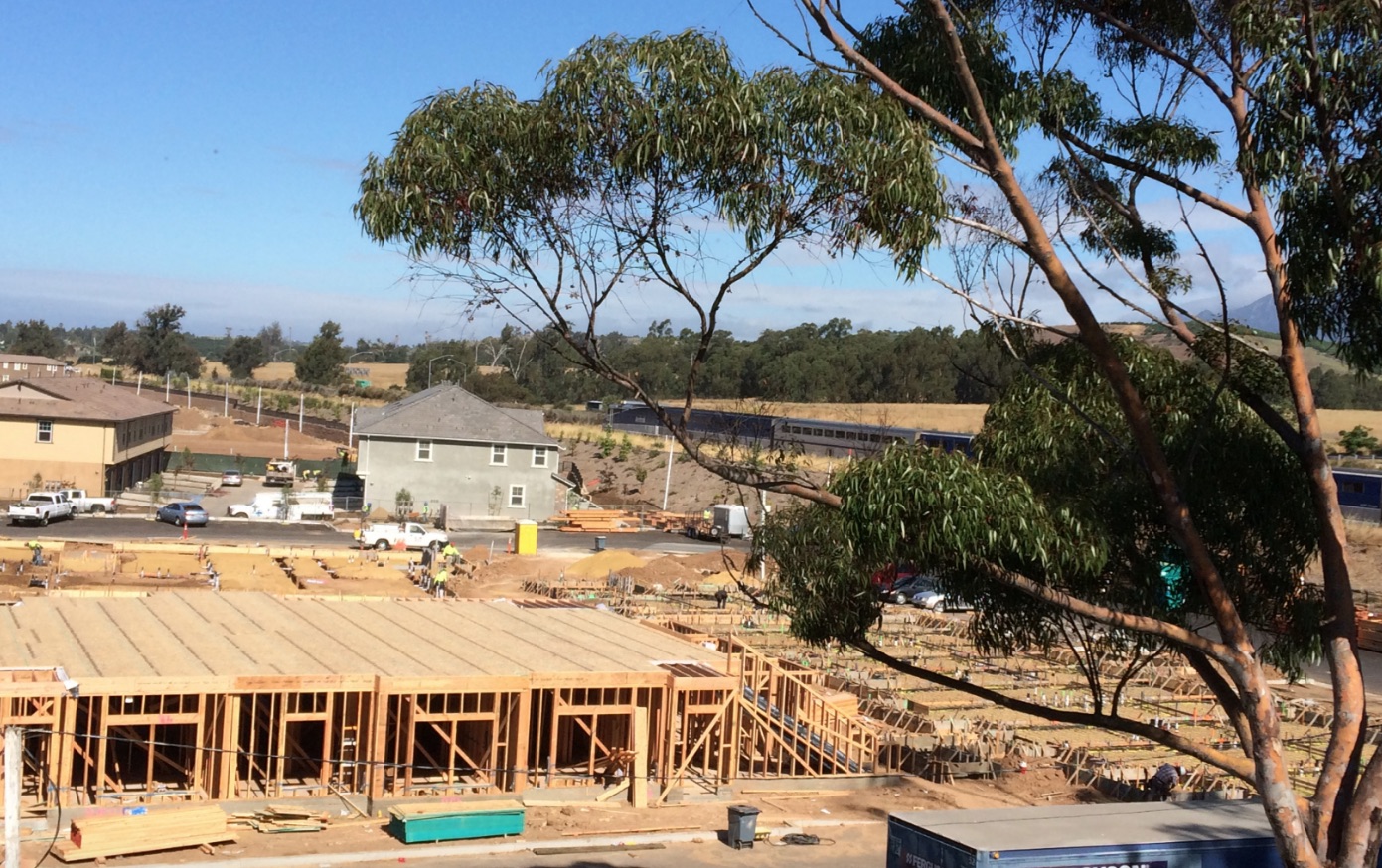Goleta to Consider Affordable Rentals
Public Meeting on Tuesday Addresses Inclusionary Housing

About half of Goleta’s workforce lives in rental housing, and to ensure new rentals include affordable ones, Goleta’s City Council will consider amending its General Plan on Tuesday to include affordables in new rental developments of five units or more. A requirement for low-income housing is already part of the city’s current Housing Element, but it only addresses “for sale” construction. And, as the city’s new Zoning Ordinance zooms forward, this General Plan Amendment would help keep it on track.
Low-income housing rules had included rentals until the Costa-Hawkins Rental Housing Act of 1996 required that landlords would set rental prices, not governments. That prevailed until 2017, when Assembly Bill 1505, signed by Governor Jerry Brown, added rental housing back into the inclusionary housing laws. While homeowners and renters alike overpay in the 11,800 housing units in Goleta — due to its very low vacancy rate of about 5 percent — the city’s planners report that more renters are affected and lower-income renters even more so.
Goleta’s amendment would require new construction of both rentals and “for-sale” homes of five units or more to include 15 percent that are affordable. Of that number, 2 percent would be for extremely and very low-income households — or a family of four earning up to $39,800, which is half the county’s Average Median Income (AMI). Five percent would be for low-income wage earners, or up to $63,700 for a family of four. The remaining 8 percent would be split evenly between those of moderate income (up to $95,500 for a family of four) and those in the “workforce” earning 200 percent of the AMI, or $159,200 for a family of four.
For developments of between two and four units, an in lieu payment must be made, which goes into a pot for low-income housing. Building just a single home is exempt. These rules, however, do not apply within the Central Hollister Affordable Housing Opportunity sites, which operate under their own set of rules.
The staff report outlines the purposeful choice behind the percentages: By following the numbers in existing housing policy, the new rules can rely on the existing environmental impact report. As well, the state Department of Housing and Community Development has affirmed that the choices avoid an economic feasibility study, which would examine if the numbers make a profit difficult.
Goleta’s new Zoning Ordinance, painstakingly crafted over the past four years, is interlinked with a number of potential General Plan amendments like this one, and hearings are leapfrogging ahead in the hope of meeting simultaneously by the end. City Council holds its public hearing on inclusionary rental housing on Tuesday, December 3, at 5:30 p.m. City Hall can be found at 130 Cremona Drive.



